Meet the the 2016 Volkswagen Jetta GLI — a vehicle that, according to VW, is “the sedan equivalent of the Golf GTI”, even though the two (currently) ride on different platforms. But we digress.
The 2016 Jetta GLI maintains its specially-tuned sport suspension and 2.0-liter TSI EA888 turbo-charged and direct-injected four-cylinder making 210 horsepower and 207 pound-feet of torque — the same as in the Golf GTI. And that’s ok, because that engine is such a darling. Luckily, the changes are to the GLI’s exterior and interior.
On the outside, revised styling is highlighted by an aggressive front fascia that incorporates a honeycomb grille and fog lights as well as a new rear bumper design that has a diffuser and a pair of chrome-tipped exhausts. All 2016 Jetta GLI models have 18-inch Mallory design aluminum-alloy wheels, shod with standard all-season tires or optional summer performance tires.
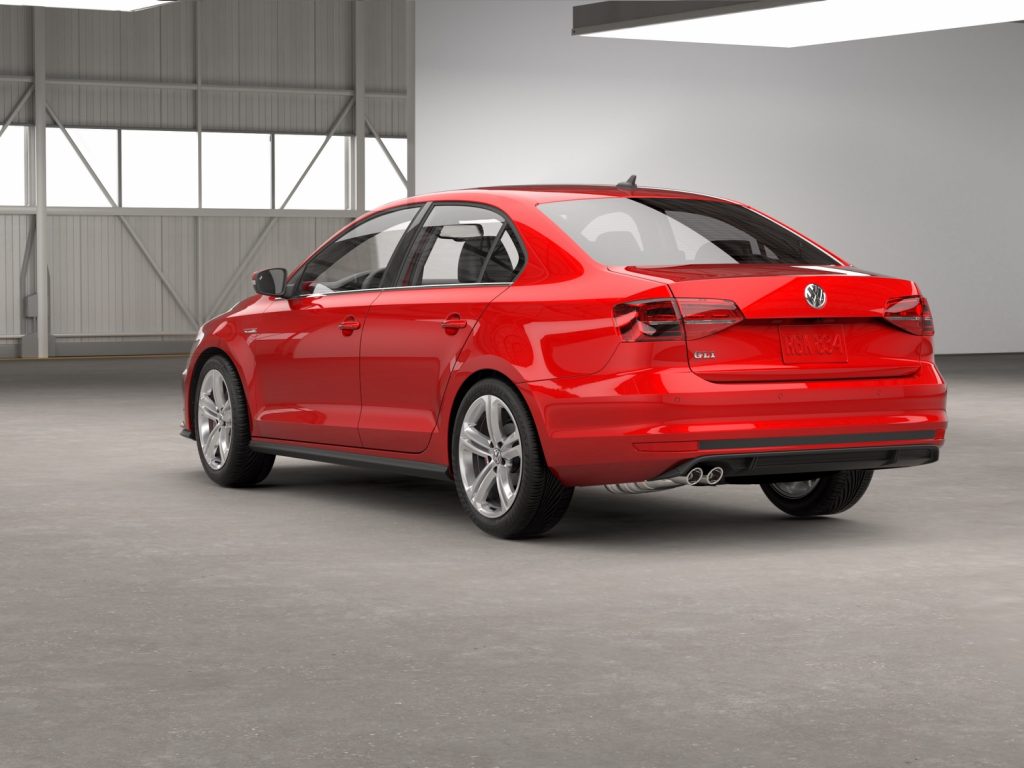
Inside, 2016 Jetta GLI models get VW’s new MIB 2 infotainment system that incorporates the full suite of USB and Car-Net connectivity.
From an equipment and options standpoint, the well-equipped SE model sports LED tail lights, Keyless access with push-button start, Climatronic automatic dual-zone climate control, a sunroof, 6-way power driver seat, a rearview camera, front and rear Park Distance Control, the Fender Premium Audio System, rain sensing wipers, auto headlights, and heated seats.
Meanwhile, the 2016 Jetta GLI SEL adds a number of upscale features, including Blind Spot Detection with rear traffic alert, a navigation system, Bi-Xenon headlights with the Adaptive Front-lighting System (AFS), and Homelink.
In addition, Volkswagen is making its Automatic Post-Collision Braking system standard on the 2016 Jetta GLI. The feature builds on the idea that a collision is rarely a single, instantaneous action, but rather a series of events that follow the initial impact—the most significant of which can cause additional collisions. The Automatic Post-Collision Braking system addresses this by applying the brakes when a primary collision is detected by the airbag sensors, thus helping reduce residual kinetic energy and, in turn, the chance of additional damage.

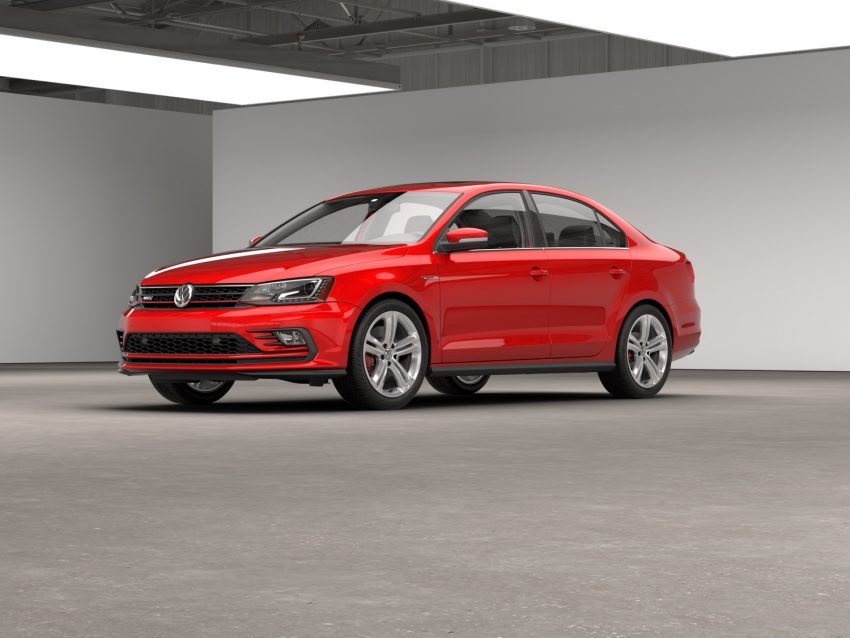
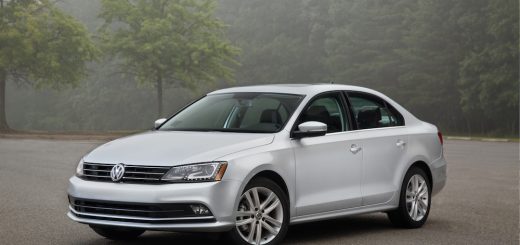

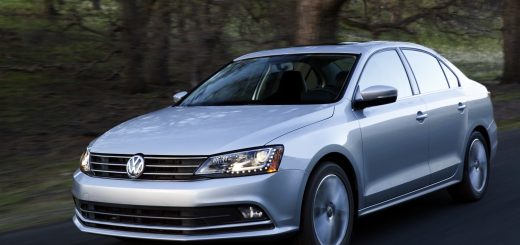
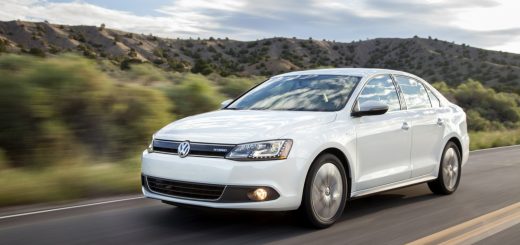
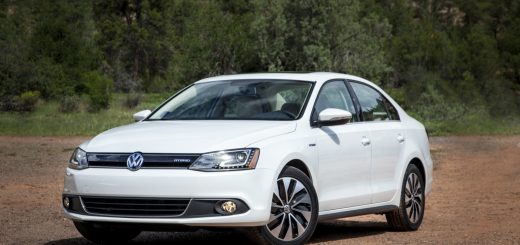







No Comments yet